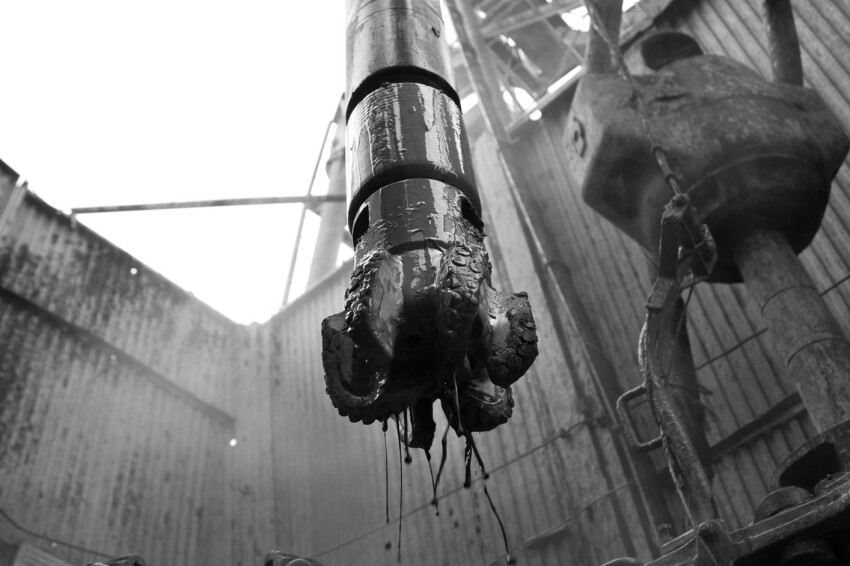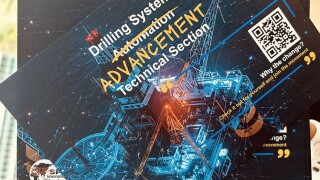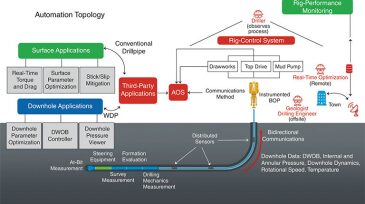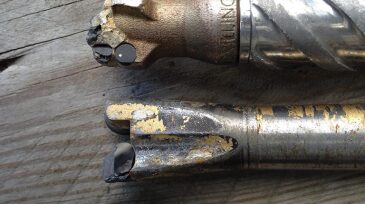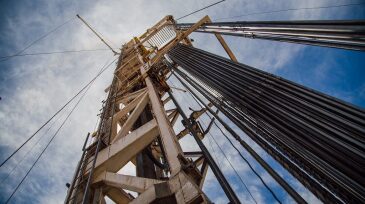Drilling automation
This research aims to develop a fluid-advisory system that provides recommendations for optimal amounts of chemical additives needed to maintain desired fluid properties in various drilling-fluid systems.
The SPE Drilling Systems Automation Technical Section has a new name—and a bigger mission. Discover how DSATS is evolving beyond automation to drive smarter, more connected, and more human-centered drilling systems for the future.
This paper presents the development of a digital tool for automatically analyzing the readiness of a borehole to accept casing. The tool integrates data-driven and physics-based models to indicate locations of risk along the wellbore.
-
This paper presents a case history of drilling automation system pilot deployment, including the use of wired drillpipe, on an Arctic drilling operation.
-
This paper describes the progress of directional-drilling-automation systems along the cognitive functions and levels of automation as defined by the Levels of Automation Taxonomy (LOAT) hierarchy introduced by the Drilling Systems Automation Roadmap Industry Initiative.
-
Falling oil prices are the acid test of drilling efficiency. SPE Technical Director Jeff Moss of ExxonMobil talks about ways to build in lasting savings as part of this special report.
-
The latest example of the offshore sector's march toward automated wellbore construction will take shape later this year in the North Sea.
-
A contest where teams of college students design and build an automated drilling rig able to deal with hazardous obstacles in a test block, showed how a small change can be engineered to matter.
-
This paper proposes a metric for quantifying drilling efficiency and drilling optimization that is computed by use of a Bayesian network.
-
Signs of maturity in drilling systems automation are evident in the success stories filtering out of technical conferences and in the attraction of top university talent to an annual, international, drilling-systems-automation contest.
-
Today’s advancements in unconventional technology are worth marveling over, but there is still plenty of room for growth.
-
Drilling customers would like to be able to buy the hardware they need from the vendor of their choice and plug it into an automated system, but the companies creating the control systems say they can not afford to do that.
-
This paper discusses the technical challenges related to implementing a rigsite, real-time drilling advisory system and current solutions to these challenges.

